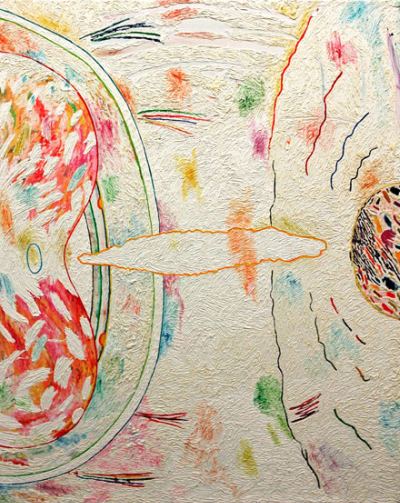 Matthew Offenbacher. At Howard House through Saturday. (Exhibit review here.)
Matthew Offenbacher. At Howard House through Saturday. (Exhibit review here.)
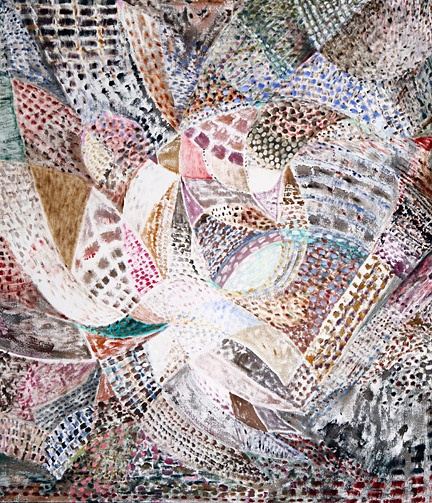
Regina Hackett takes her Art to Go
Via His lover’s weight in candy.
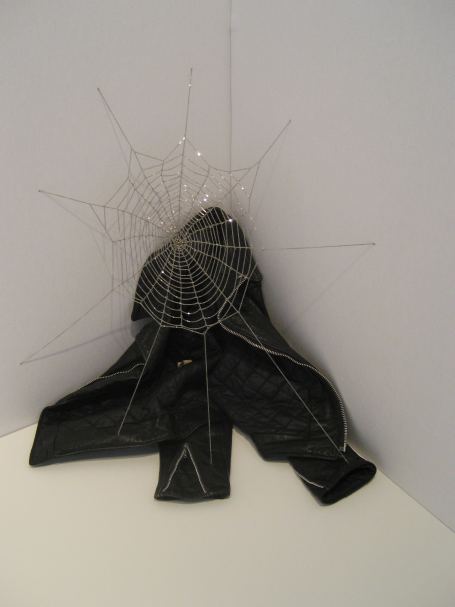 Eric Yahnker, Cream Corner, detail
Eric Yahnker, Cream Corner, detail
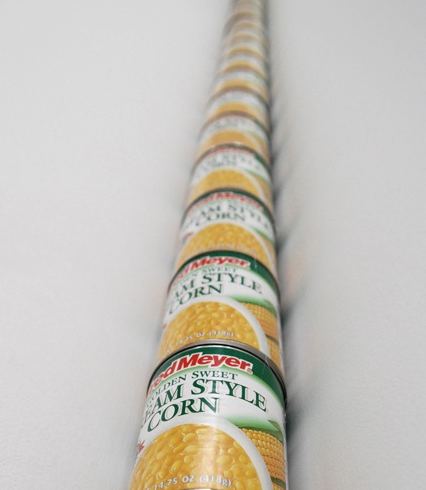 Sean Johnson, Brothers
Sean Johnson, Brothers
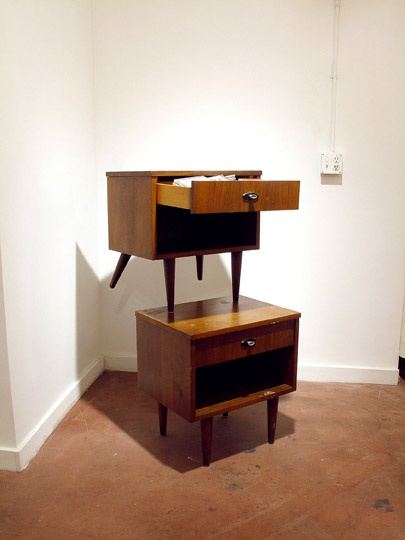 Fred Muram, Rug
Fred Muram, Rug
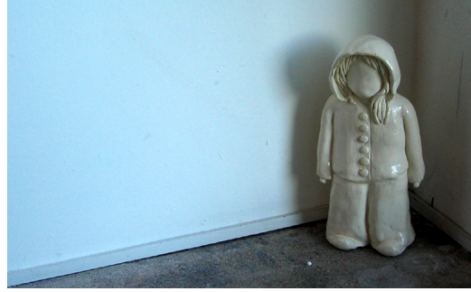
Christopher Martin Hoff (detail)
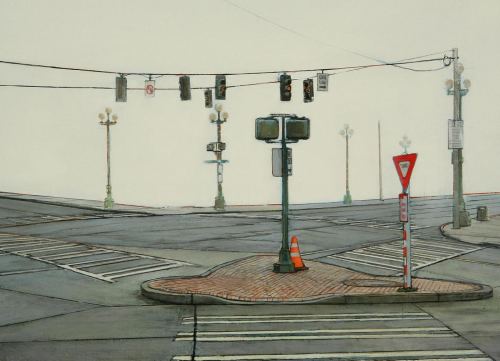
The problem with Michelangelo Public and Private: Drawings for the Sistine Chapel and Other Treasures from the Casa Buonarroti isn’t the core of the exhibit itself. Had the Seattle Art Museum stripped it of lard and presented it with the modesty it deserves, it would have been a fine thing to see in a small gallery on a rainy afternoon.
Instead, Michelangelo comes with the trappings of a major moment: a wall-sized time-line of the artist’s life, extensive text, copious illustrations and an attempt to create titillating controversy.
Flashing on the Web site:
Michelangelo burned most of his sketches. Come see 12 drawings that escaped the fire.
They escaped the fire but not their admirers. The Casa Buonarroti Web site explains why the drawings are ghostly. The best of the 200 in the collection were on view from 1566 to 1960 with no time out for good behavior. The Uffizi undertook their restoration, returning them 15 years later.
Surely the Uffizi is not responsible for what happened to a preliminary sketch for The Last Judgment. The wall label notes that the artist created it in black chalk, reinforced later with pen and ink. In other words, it’s an original traced into a forgery.
Make that 11 sketches. Still, they’re Michelangelo’s. Not for nothing did he regret his work when he was a pious old man, inclined to agree with the cleric Pietro Aretino that some of his nude figures would be “at home in some voluptuous bathhouse, certainly not the highest chapel of the world.”
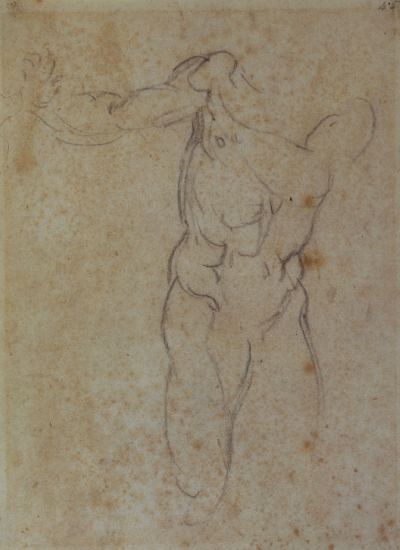 As a colorist Michelangelo was the equal of Raphael, and his forms have no peers.
As a colorist Michelangelo was the equal of Raphael, and his forms have no peers.
This show screams minor museum in a provincial town.
Painter Fred Einaudi opted for inclusion. If you click on biography on his Web site, you’ll get:
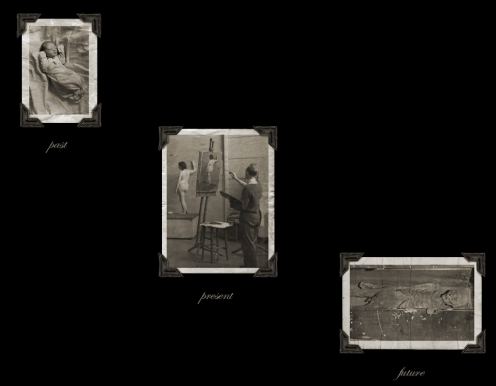 And nothing else. What else is there?
And nothing else. What else is there?
When cornered, Mary Ann Peters comes out drawing. Even when her resources are depleted and her imagination drained, she can count on the marks her hand makes. They’re beautiful, no question, but they’re also flaccid imitations of her work when it’s focused and intense. Allusions to remembered landscapes become allusions to upscale wine bars. I can imagine sitting beside one doing double duty as wallpaper as a waiter glides up to take my order.
and the edge becomes the center, 2009, Watercolor and gouache on clayboard, 96″ x 120″
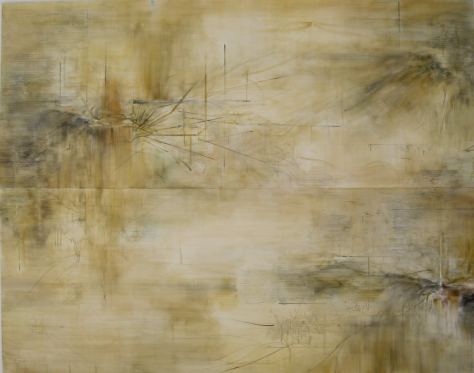 Besides the above painting, her exhibit at James Harris Gallery features a series of small drawings. They lack the turgid sense of empty overkill that ruined the painting, but even though fresher, they’re still Peters in a minor vein.
Besides the above painting, her exhibit at James Harris Gallery features a series of small drawings. They lack the turgid sense of empty overkill that ruined the painting, but even though fresher, they’re still Peters in a minor vein.
Her 2006 exhibit at the same gallery was superior in every way.
Through Nov. 14.
In the middle of the 19th century, painters thought of Victor Hugo as a writer, and writers called him a painter.
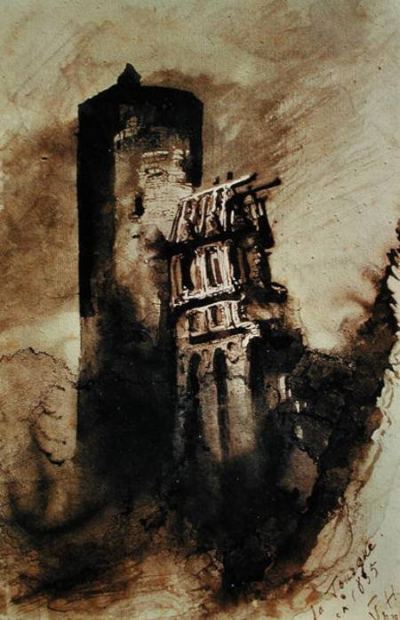 Now that few who are not forced read his famous novels (thick in every sense), his 1998 exhibit at the Drawing Center was decisive. Writers don’t claim him, but painters need to, as his connection in the visual realm is decisive. His semi-abstractions freely range from the specific to the general,
Now that few who are not forced read his famous novels (thick in every sense), his 1998 exhibit at the Drawing Center was decisive. Writers don’t claim him, but painters need to, as his connection in the visual realm is decisive. His semi-abstractions freely range from the specific to the general,
zeroing in and fading out, suggesting vast amounts of time crawling by
and smoke hanging amid ruins.
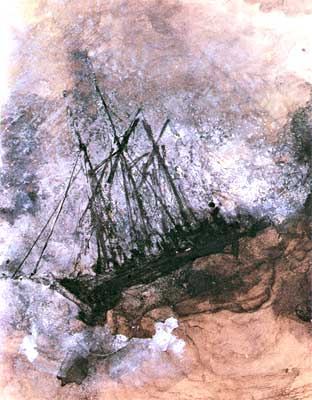 The link between him and certain painters of the present moment is the use of fine lines that cut through vapor to shovel smoke.
The link between him and certain painters of the present moment is the use of fine lines that cut through vapor to shovel smoke.
In Seattle, there’s Mary Ann Peters, now on view at the James Harris Gallery. (Images below from 2006 exhibit. Review of current one to follow.)
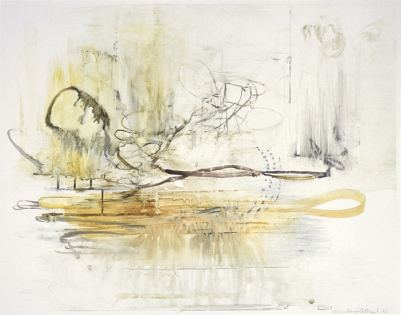
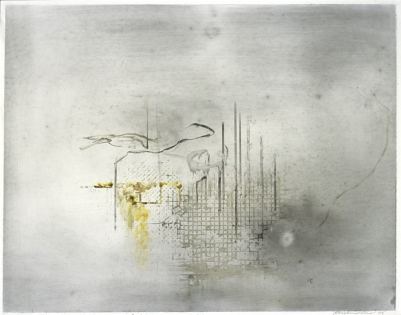 In San Francisco, Darren Waterston.
In San Francisco, Darren Waterston.
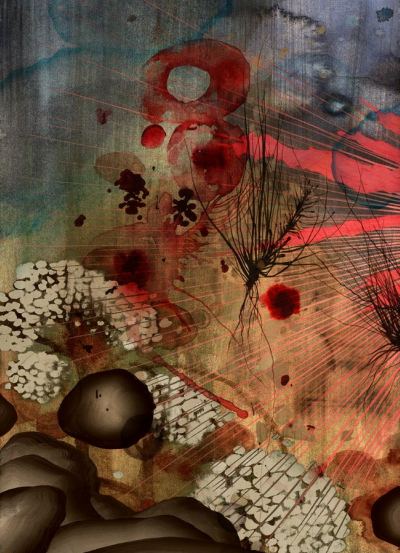 In New York, Christopher Lowry Johnson.
In New York, Christopher Lowry Johnson.
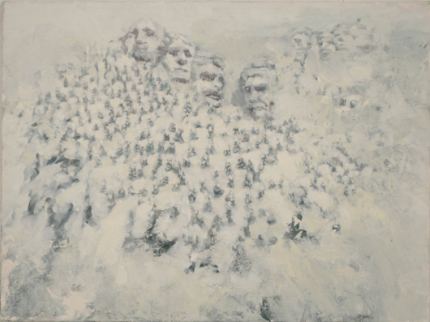 In LA, Tony De Los Reyes, at Howard House through Oct. 31.
In LA, Tony De Los Reyes, at Howard House through Oct. 31.
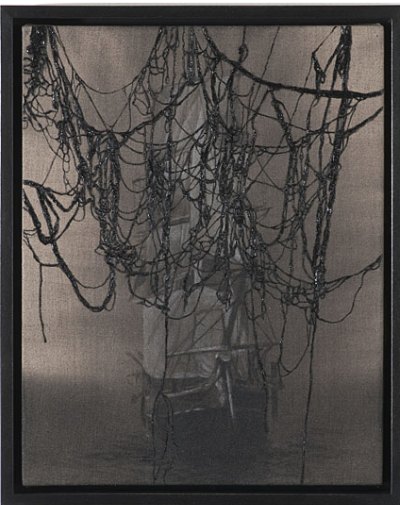 In LA and New York, Gary Simmons:
In LA and New York, Gary Simmons:
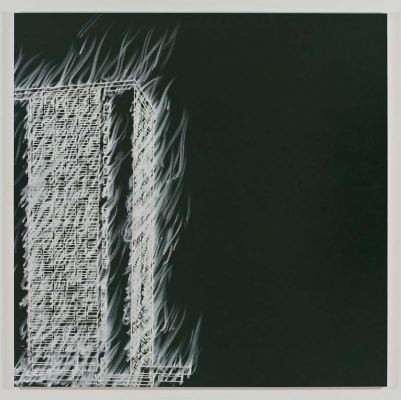 In New York and London, Cecily Brown.
In New York and London, Cecily Brown.
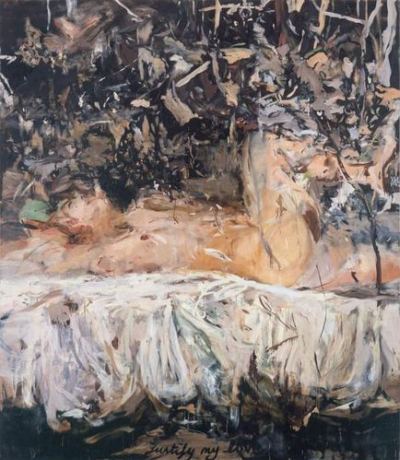 And two more from Seattle, Barbara Earl Thomas
And two more from Seattle, Barbara Earl Thomas
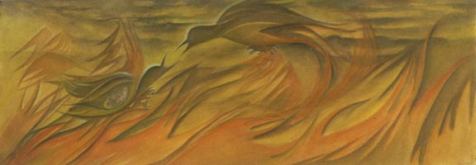 …and Kenneth Callahan, a drawing from 1972.
…and Kenneth Callahan, a drawing from 1972.
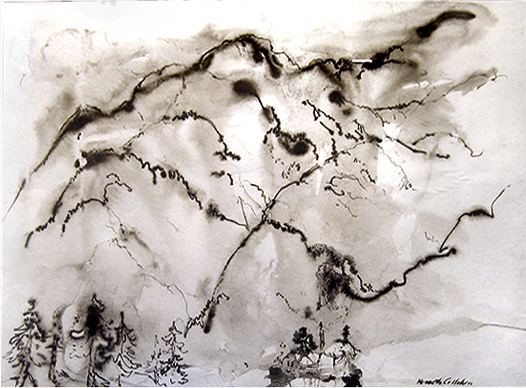
In response to this post, The Meat Dance, after Amiri Baraka, Sue Danielson suggested the addition of Pinar Yolacan. Excellent choice.
From Boing Boing:
Turkish-born artist Pinar Yolacan, who is based in Brooklyn, is best known for her portraits of ladies wearing clothes fashioned from meat parts (tripe, guts, assorted offal). (more)
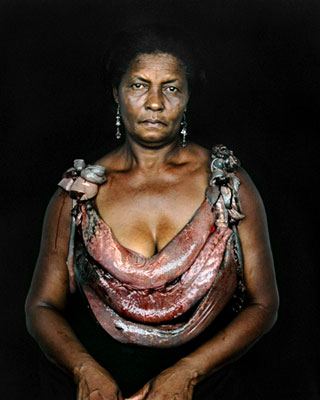
From Judson Church archive:
Meat Joy has the character of an erotic rite: excessive, indulgent, a celebration of flesh as material: raw fish, chickens, sausages, wet paint, transparent plastic, rope brushes, paper scrap. It’s propulsion is toward the ecstatic– shifting and turning between tenderness, wilderness, precision, abandon: qualities which could at any moment be sensual, comic, joyous, repellent.
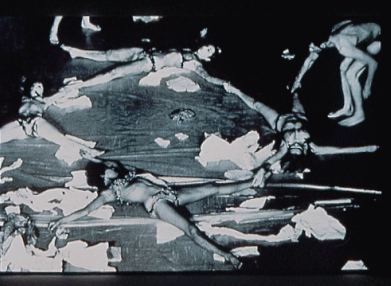 Zverina also offered his meat poem, titled, Holy Cow.
Zverina also offered his meat poem, titled, Holy Cow.
i don.t eat meat, do you?
it.s a really bad thing to do
cattle ranchers use public land
to fatten these beings for slaughter
this cruel business is subsidized
by your and my tax dollars
life is cruel, i know, it.s true–
it.s basically eat or be eaten
but if i come back as a cow,
it.s not yr mouth i want to be meat in
Ries Niemi suggested Ann Simonton.
Wrote Niemi:
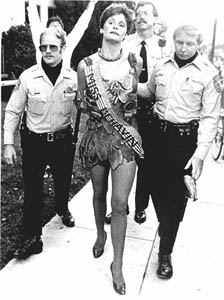 Thanks, everybody.
Thanks, everybody.
an ArtsJournal blog


